Pawscessories is reader-supported. When you buy via links on our site, we may earn an affiliate commission at no cost to you.
Learn more.
New Pitbull breeds seem to be popping up all over the place in the past 20 years and the Pocket Bully is one of them, similar to the Exotic Bully.
A Pocket Bully, also known as a Mini Bully, Miniature Bully, Micro Bully, or Toy Bully, is a smaller version of the American Bully.
Even though this pups creation dates back to the 1990’s It’s only now starting to grow in popularity.
This is likely due to its smaller size and from Pitbull’s reputation taking a turn in a positive direction.
There used to be so much fear and discrimination against Pitbull breeds that they were never really thought of as a caring, loving dogs.
Over the past few years, that has changed and people have started to see them for the amazing dogs they are.
The Pocket Bully was bred down in size from the Standard American Bully.
Now, although the name may make some people believe these dogs are small enough to fit in your pocket, this is not the case.
In this article, I will be discussing everything you need to know about the Pocket Bully dog breed as well as busting any myths about these dogs.
I will give a brief background of their history, why they were bred, their physical appearance, temperament, character traits, and everything else you need to know about them.
Table of Contents
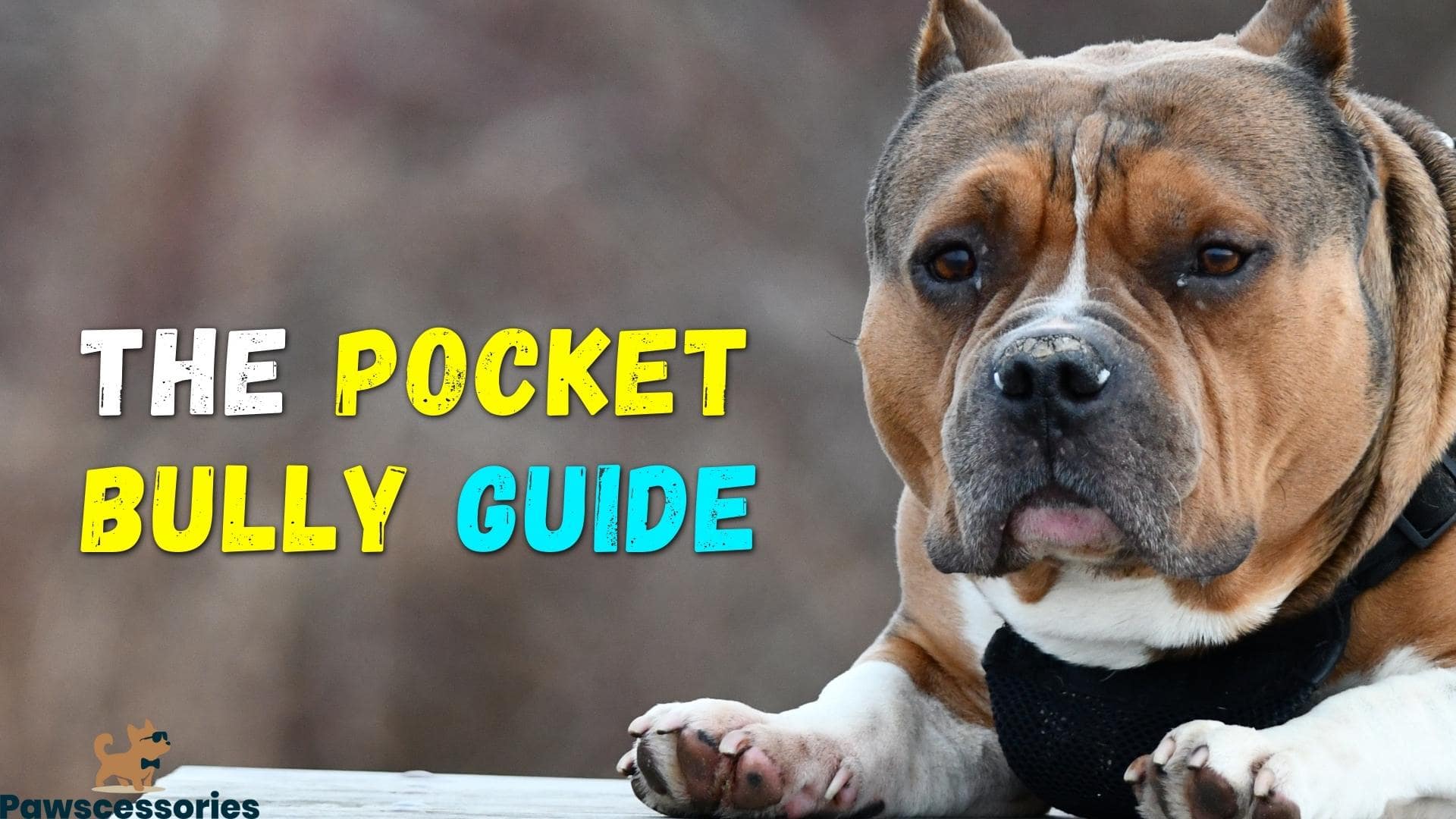
What Is A Pocket Bully?
A Pocket Bully is a miniature version of the American Bully. They are also sometimes referred to as the Toy Bully, Mini Bully, Micro Bully, or Miniature Bully.
They are a breed of dog that was specifically bred to be smaller than the average American Bully.
Most people just refer to Pocket Bullys as smaller American Bullys.
What Breeds Makes A Pocket Bully Dog?
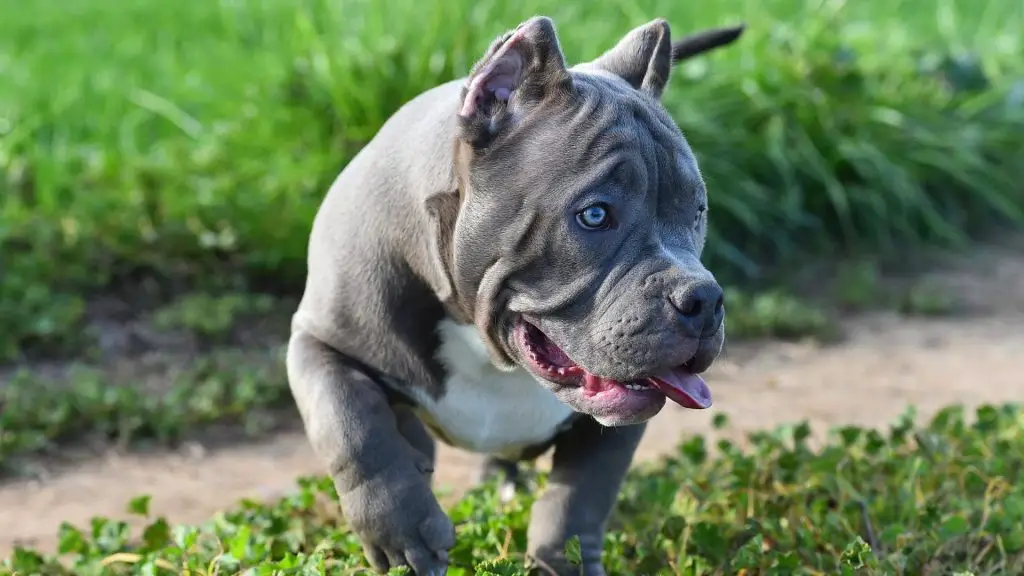
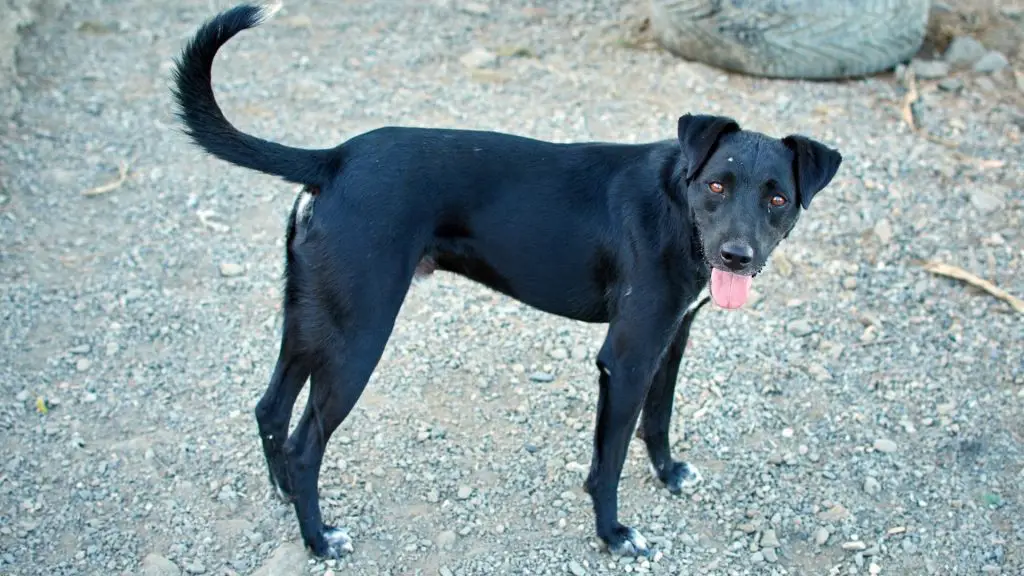
The Pocket Bully or Micro Bully was created by crossing the American Bully with the Patterdale Terrier.
This is where people get usually confused calling the Pocket Bully a Pocket Pitbull.
However, there is a difference genetically since the Pocket bully will have Bulldog genes in its DNA and the Pocket Pitbull will not.
More on these differences are below.
Related Reading: Pocket Pitbull (AKA The Mini Pitbull): All You Need To Know
Where Does The Pocket Bully Come From?
To know where the Pocket Bully came from we first need to look at where the American Bully and Patterdale Terrier come from.
The American Bully was created in the 1980s with the majority of the final behavioral and aesthetic being completed in the 1990s.
There is consensus that at least five other breeds were used to attain the more “bully” physical traits desired as well as the more diminutive size of some lines.
The American Pit Bull Terrier was the parent breed used to create the American Bully along with many other breeds, each with different physical attributes.
These dogs were categorized as a new breed when breeders agreed that these dogs were so different from the parent breed.
The Patterdale Terrier on the other hand comes from cross-breeding of The Old English Terrier and the Northumberland Pit Terrier (which is now extinct).
The breed did not gain notability until Cyril Breay, a schoolmaster and huntsman, refined them even further, using these dogs in northern England.
During the 1990s when breeders were creating different Pitbulls they decided to breed the American Bullies with the Patterdale Terriers (which were becoming more popular due to Breay).
This is how the Pocket Bully came to be.
What Was The Pocket Bully Bred For?
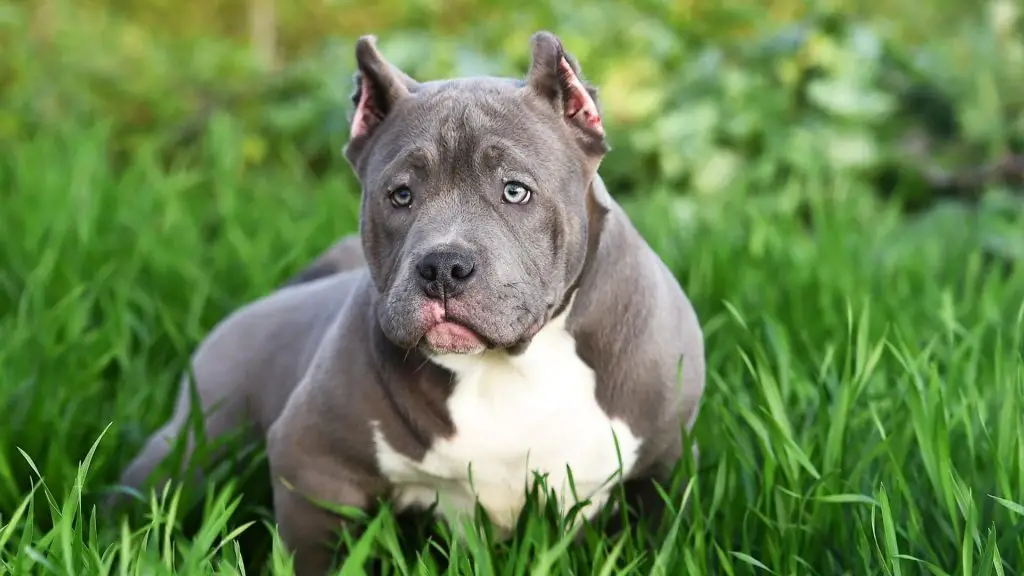
The Pocket Bully was primarily bred to be a companion dog. However, they are also excellent working dogs when trained for it.
American Bullies have always been known as caring, reliable, trustworthy, and ideal family companions. They are highly sociable and eager to please their owners.
Furthermore, the Patterdale Terrier is known for its fearlessness, lively personality, intelligence, and skill when hunting smaller animals.
When you fuse these two individual breeds together you get the Pocket Bully that takes the qualities of both these breeds.
Pocket Bully Dog Appearance & Traits
While there seem to be many myths floating around about the size and demeanor of the Miniature Bully, this section will give you a clear understanding of exactly what to expect from a Pocket Bully.
Here is a quick table of some information on the Pocket Bully’s appearance and personality traits:
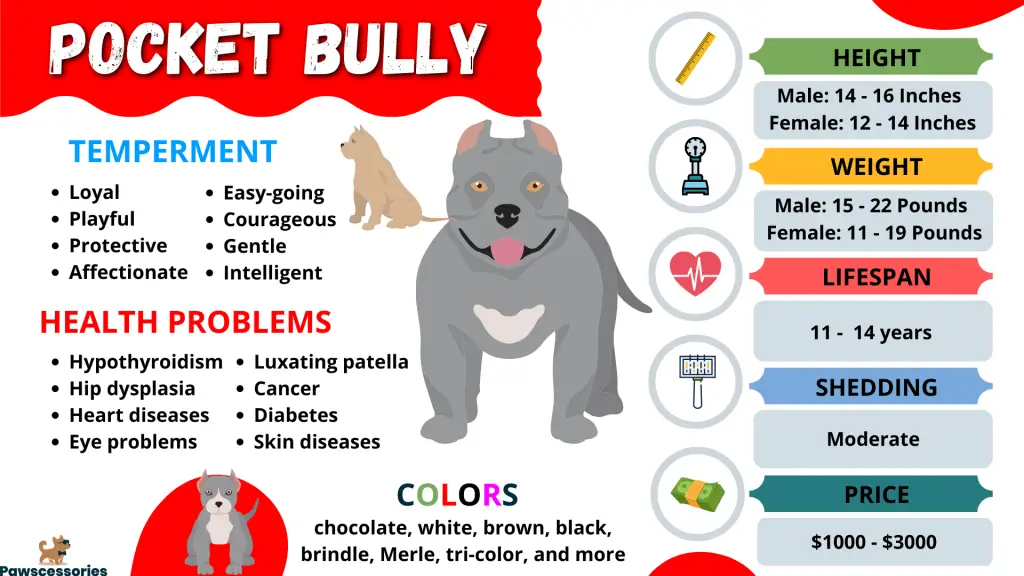
Size (Weight & Height)
While the name might lead you into believing the Pocket Bully is tiny they are not.
Although they are relatively small compared to the American Bully they are not tiny dogs like a Yorkie or teacup chihuahua.
How Big Is A Full Grown Pocket Bully?
American bullies are a large muscly breed measuring anywhere from 17 to 23 inches in height and can weigh anywhere between 65 to 85 pounds.
Patterdale Terriers are much smaller dogs measuring only 13 to 16 inches in height and weighing between 11 to 15 pounds.
So, when you cross the two, you get a hybrid dog, the Pocket Bully.
A full-grown Pocket Bully is 11 to 22 pounds and 12 to 16 inches in height.
Any larger than this and they cannot be considered a Pocket Bully, but simply a standard American Bully.
Coat Colors & Texture
The Pocket Bully breed can come in a wide variety of coat colors.
Here are some of the most popular Pocket Bully colors:
- White
- Chocolate
- Tri-color
- Merle
- Brindle
- Black
- Brown
Their coat is usually a short, smooth coat that is relatively dense.
They do not have an undercoat so they are not susceptible to matting and tangles like other breeds with double coats.
This also means they do not shed as much as other breeds.
Shedding & Grooming
The Pocket Bully is a moderate shedder.
This means they will lose some hair but nothing compared to breeds like the Golden Retrievers or Labrador Retrievers.
They don’t require much maintenance and a weekly brushing should be enough.
When it comes to bathing them, most Pocket Bulls enjoy water, making bath time a breeze.
They also only really require bathing once a month unless they get particularly dirty.
Ears & Tail
The Pocket Bully has erect ears that are medium in size and set high on their head.
Their tail is also medium in length and is usually docked.
Docking is the process of removing part of the tail and is done for both cosmetic and practical reasons.
It is important to note that docking tails are now illegal in some countries.
Eye Color
The Pocket Bully’s eyes are usually black, brown, or hazel.
However, there as some with mutations that can have unique colored eyes.
Lifespan
The Pocket Bully has a lifespan of 10 to 14 years.
This is relatively average for a dog of their size.
Common Health Issues
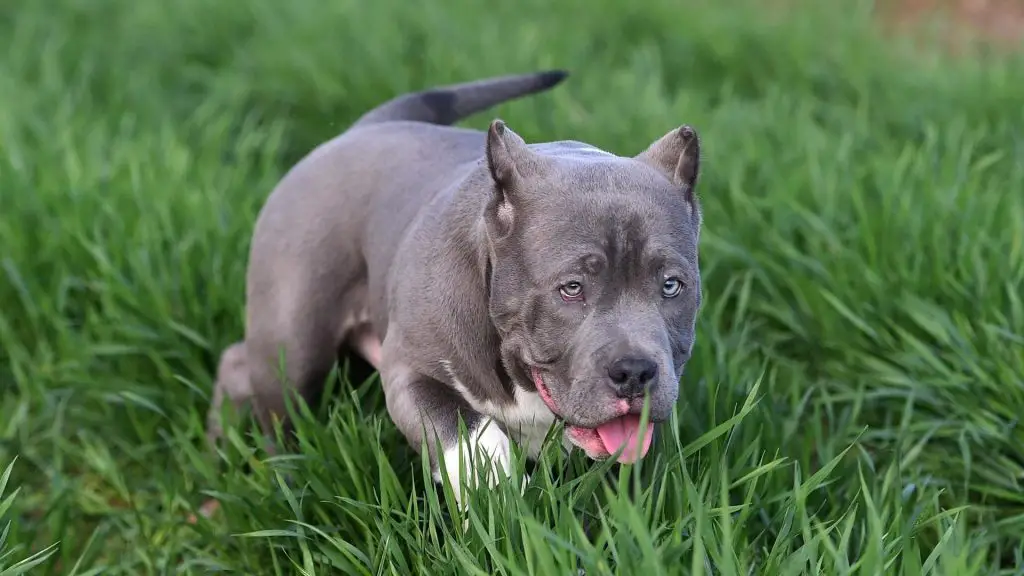
When it comes to mixed-breed dogs, there is a lot of science to support the notion that they are in fact healthier than purebreds.
This is due to the large variety of genes that get passed when mating. A purebred dog has a restricted gene pool, thus problems that arise usually persist from one generation to the next.
However, Pocket Bullies are not immune to health problems and there are a few health concerns you should be aware of:
- Hypothyroidism
- Hip dysplasia
- Heart diseases
- Eye problems
- Luxating patella
- Cancer
- Diabetes
- Skin diseases
They can inherit several health issues that come from their parent breeds.
The easiest approach to avoid these health issues is to obtain a Pocket Bully from a reputable breeder that has tested the parents of their breeding.
This will help ensure you are getting a healthy Pocket Bully puppy.
Trainability
Pocket Bully puppies require early obedience training and socialization.
Pocket Bullies are very intelligent dogs and they learn quickly.
This make them relatively easy to train as they are very eager to please their owners and smart.
Pocket Bullys respond well to positive reinforcement such as treats, praise, and belly rubs (like most dogs).
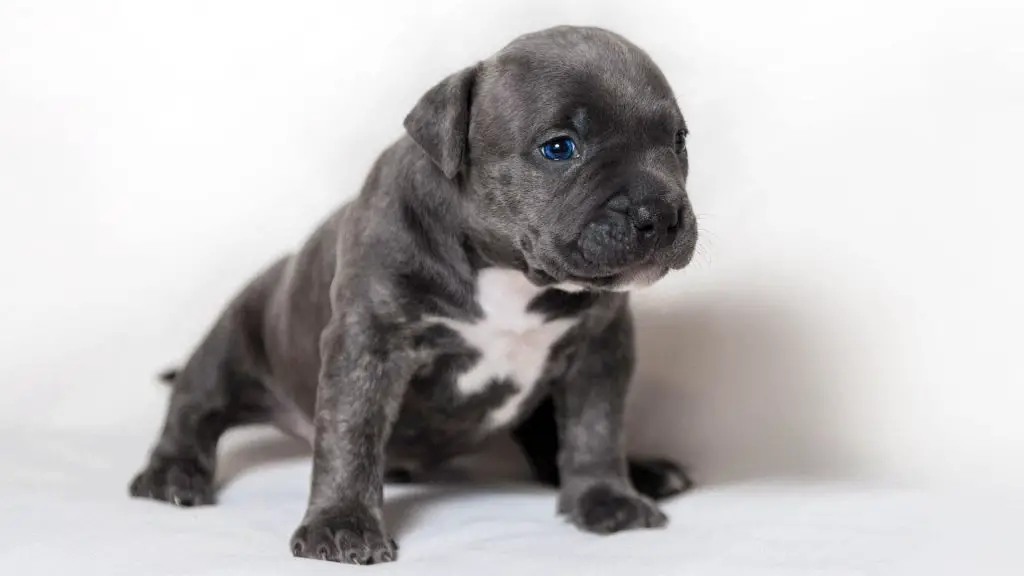
Intelligence
These dogs are highly intelligent, which means they require a lot of mental stimulation.
If they become bored, they may start to display destructive behaviors such as chewing on furniture or digging holes in the yard.
To prevent this, it’s important to give them plenty of stimulating toys and puzzles to keep their minds occupied.
Temperament & Behavior
Pocket Bullys are NOT dangerous and mean. They are also not aggressive like many wrongfully think.
The reason so many assume these dogs are aggressive is because they were raised by people who wanted them that way.
Any dog can be aggressive if it’s trained and raised in an environment that pushed them to be that way.
When raised in a loving environment that properly cares for them, they are incredible dogs.
They are gentle, loving, and very protective of their family and home.
This breed is loyal and courageous, especially in circumstances where their owner needs help.
The Pocket Bully is also a playful and affectionate dog.
How Are Pocket Bullies With Kids?
Pocket Bullys are very good with children. They are gentle, loving, and affectionate with kids.
They are also very protective of their family and home, so they can act as a guardian and protector.
Some even refer to this breed as a “nanny” dog.
How Are Pocket Bullies With Other Dogs?
Pocket Bullys generally get along well with other dogs. They are social creatures that crave companionship and love to play.
It is important to introduce them to other dogs at an early age and socialize them often.
How Are Pocket Bullies With Strangers?
Pocket Bullys are usually friendly with strangers. This really depends on their training from puppyhood.
If they haven’t had a lot of bad experiences or been mistreated by others in the past, they will likely be very friendly.
When not properly trained or socialized they may bark at strangers or in situations that feel off to them.
It is important to socialize them early and raise them in a loving and caring environment so that they become accustomed to meeting new people.
Are Pocket Bullies Good Apartment Dogs?
Pocket Bullys can make great apartment dogs if they are properly trained and exercised.
They are a relatively quiet breed and do not require a lot of space.
However, because of their high energy level, they need to be taken on long walks or runs every day.
If they do not get enough exercise, they may start to display destructive behaviors.
Activity Level & Exercise Needs
Pocket Bullys are high-energy, agile, and active dogs. They need a lot of exercises to stay healthy and happy.
A Pocket Bully that doesn’t get daily exercise is likely to become bored and become destructive.
The best way to prevent this is to take them on long walks or runs every day.
Food & Diet
Dog food is an important component of a healthy dog.
A Pocket Bully puppy’s diet should include high-quality food that will give them the nutrients they need to be healthy and active.
Pocket Bullys are not picky eaters but they do have a tendency to overeat.
It is important to feed them smaller meals throughout the day instead of one large meal.
This will help prevent them from becoming overweight or obese.
In addition, Pocket Bullys are known as destructive chewers.
This means that they need tough, durable toys that can withstand their powerful jaws.
What Is The Price Of A Pocket Bully?
The price of a Pocket Bully can be anywhere from $1,000 to $3,000 depending on the breeder and color.
Rare colors typically cost more.
There are even some high-end breeders like Venomline which have produced several Pocket American Bully champions.
To get a Pock American Bully from them will cost you $8,000 to $20,000.
Pocket Bully Vs Pocket Pitbull
There seems to be some confusion about whether or not the Pocket Bully is also known as a Pocket Pitbull.
The Pocket Bully is a mix between the American Pitbull Terrier and the Patterdale Terrier, whereas the Pocket Bully is a mix between the American Bully and the Patterdale Terrier.
The major difference here is the Bulldog that is found in the American Bully and not in the American Pitbull Terrier.
Now technically the American Bully was created by the American Pitbull Terrier, however, breeders agreed that due to the major differences in physical appearance and structure, it warranted its own breed.
This slight difference makes the Pocket Bully different from the Pocket Pitbull.
The Pocket Bully has no bulldog in its genes whereas the Pocket Bully will.
When looking at a picture of the American Bully versus the American Pitbull Terrier, the difference are clear.
Therefore, if each of these dogs is bred with a Patterdale Terrier, the end result of the offspring will be similar but genetically, physically, and behaviorally different.
Other Frequently Asked Questions
Are Pocket Bullies Aggressive?
No, Pocket Bullies are not aggressive by nature. They are gentle, caring, and protective.
If they feel threatened or think their family is in danger they may act to protect them.
Any dog can be aggressive if it’s trained and raised in an environment that pushed them to be that way.
When raised in a loving environment that properly cares for them, they are not aggressive dogs.
Do Pocket Bullys Bark?
All dogs bark, it’s natural for them. However, some breeds tend to bark more than others. The Pocket Bully is not known for being a particularly vocal breed.
Do Pocket Bullys Have Jaw Lock?
No, pocket bullys do not have jaw lock. This is a common misconception about the breed. Jaw locking is a condition that only affects Pitbulls and American Staffordshire Terriers.
Final thoughts
In conclusion, the Pocket Bully is an amazing breed that makes a great companion.
They are intelligent, loyal, gentle, and loving dogs that will bring joy to your life.
The myths you heard about Pocket Bullys being aggressive, mean, or dangerous are further from the truth.
With the appropriate attention and training, these charming dogs will make for an amazing addition to any family.
Other posts you might find interesting:
Mini Samoyed: Cost, Breed Traits, How To Get One, & More
Hmong Dog (The Cat-Dog Hybrid) – All You Need To Know
Great Pyrenees: The Best Households & Owners for Them
